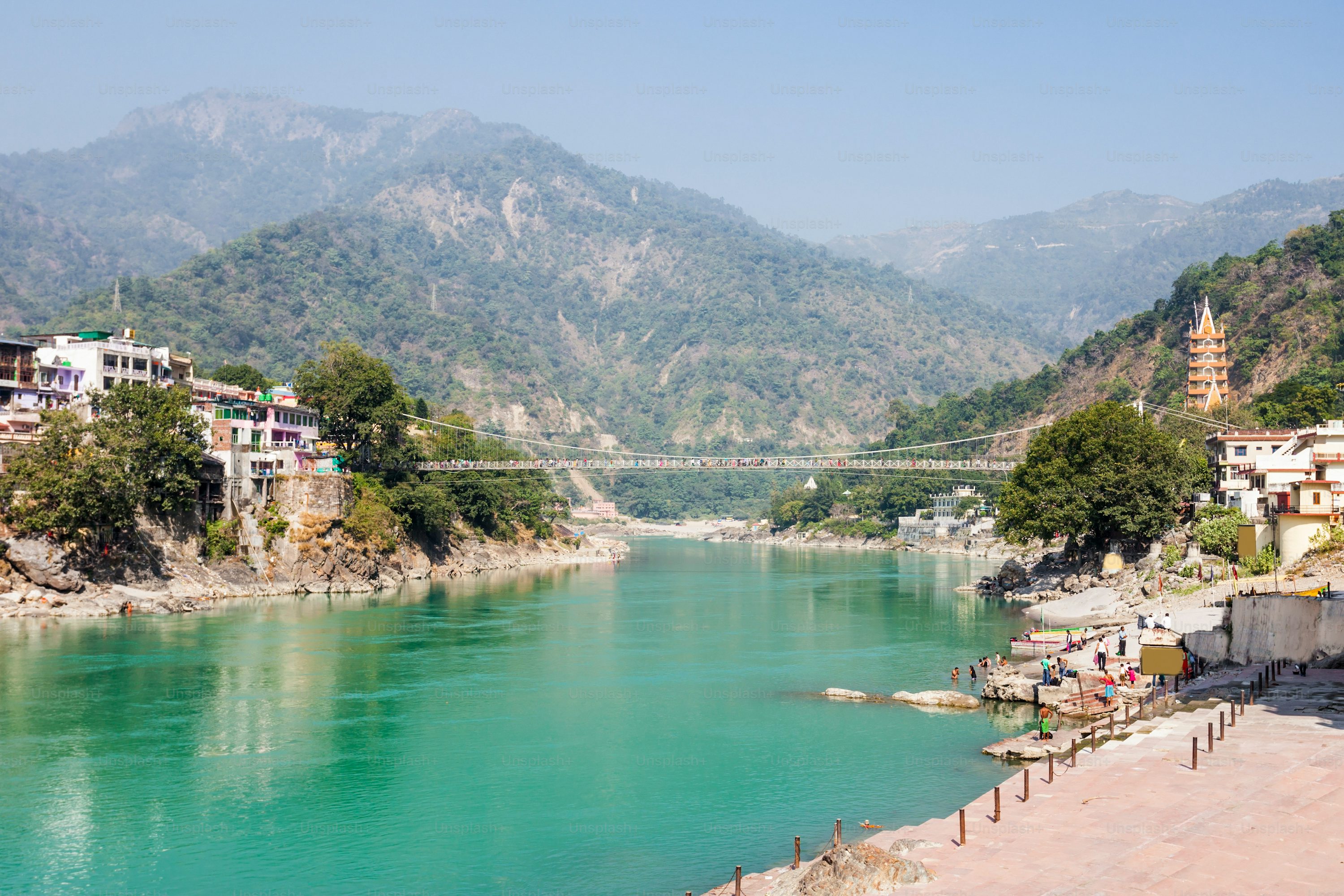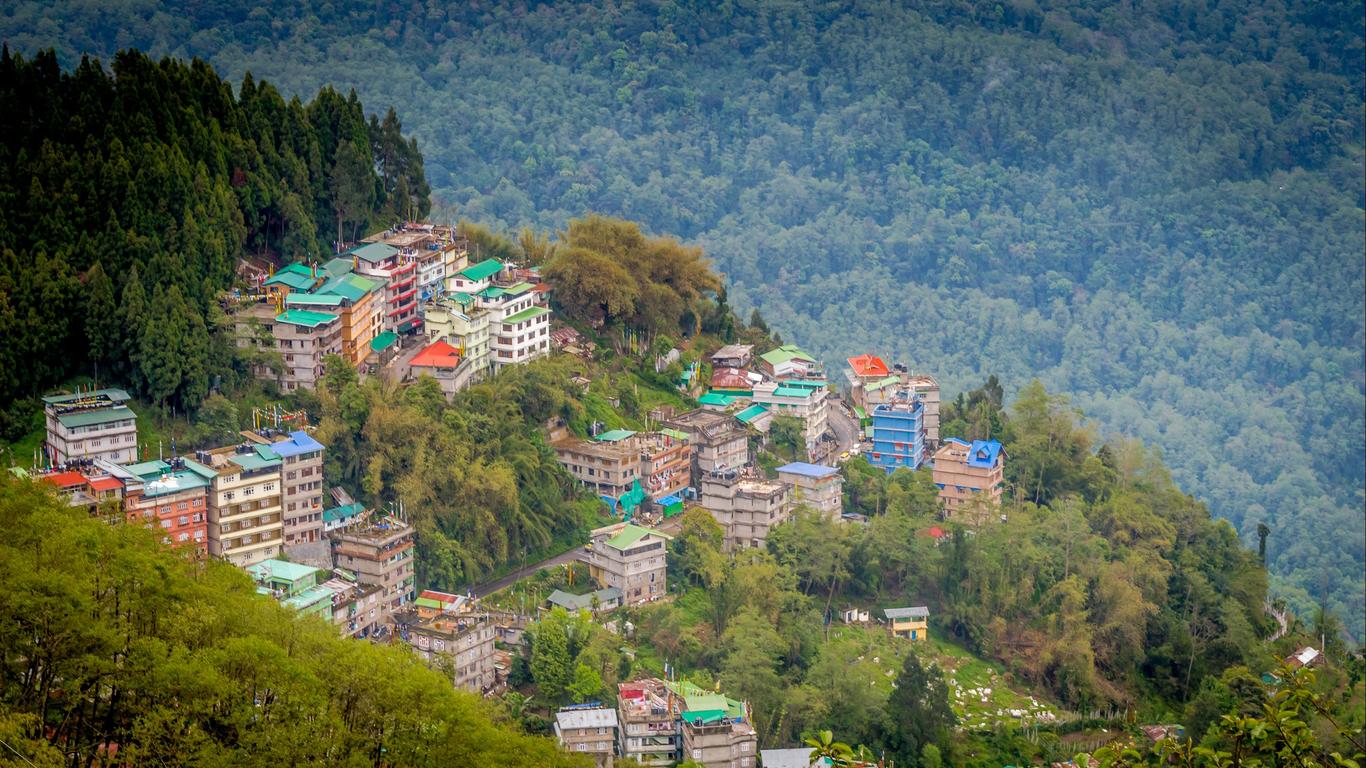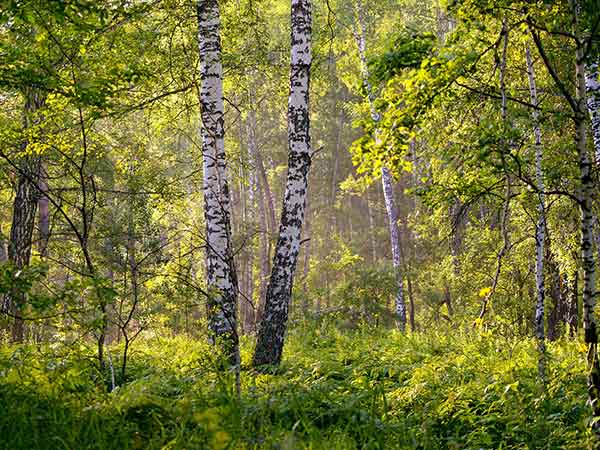 Google Ads Done Right – More Clicks, Less Waste!
Google Ads Done Right – More Clicks, Less Waste!
Captivating Ghoom Monastery Images: A Glimpse into Darjeeling’s Spiritual Icon
Written by vikram » Updated on: June 17th, 2025 382 views

Ghoom Monastery, also known as Yiga Choeling Monastery, is one of the most famous and oldest Tibetan Buddhist monasteries in Darjeeling. Established in 1850, it has become a symbol of spirituality, culture, and history in the region. Situated about 7 kilometers from Darjeeling town, it stands at an elevation of 7,407 feet, making it one of the highest points in the area. This monastery is not just a religious site but also an important cultural landmark for locals and tourists alike. In this article, we'll delve into the history of Ghoom Monastery, share some stunning Ghoom Monastery images, and discuss its significance in Darjeeling’s spiritual and cultural landscape.
The History of Ghoom Monastery
Ghoom Monastery's history dates back to the mid-19th century when Lama Sherab Gyatso, a Mongolian monk, established it. It is one of the first Tibetan monasteries to be built in India. Lama Gyatso was a devout follower of the Gelugpa sect, also known as the Yellow Hat sect, which is one of the newer schools of Tibetan Buddhism and follows the teachings of Je Tsongkhapa. The Gelugpa sect places a strong emphasis on the philosophical study of Buddhism, and Ghoom Monastery served as a center for these teachings.
Over the years, the monastery has played an essential role in the spiritual and cultural development of the region. It became a refuge for Tibetan monks fleeing religious persecution in their homeland, allowing them to continue their practices and teachings in the safety of the Indian hills. The preservation of Tibetan culture and Buddhism in Darjeeling is closely linked to Ghoom Monastery.
Architectural and Artistic Beauty
The images of Ghoom Monastery highlight its magnificent architecture, which reflects Tibetan influences. One of the most striking features of the monastery is its 15-foot statue of Maitreya Buddha, the Buddha of the future. The statue is made of clay and depicts Buddha in a seated posture, symbolizing hope for a peaceful future. This is one of the most photographed attractions within the monastery, as it exudes a sense of calm and spiritual grace.
The monastery is adorned with traditional Tibetan thangkas (religious paintings), murals, and ancient manuscripts. It houses many rare and precious texts, including the Kangyur, a collection of scriptures that contains the teachings of Buddha. The vibrant prayer flags surrounding the monastery add to its mystique, and the rhythmic chanting of monks performing rituals creates an atmosphere of profound peace.
Ghoom Monastery in Modern Times
Today, Ghoom Monastery is not only a place of worship but also a significant tourist attraction. It draws visitors from all over the world who seek spiritual solace or are simply captivated by its historical and cultural richness. Tourists are often mesmerized by the images of Ghoom Monastery in Darjeeling, which reflect its serene and tranquil surroundings. The combination of snow-capped mountains, lush green valleys, and Buddhist architecture makes the monastery a perfect destination for photographers, travelers, and spiritual seekers alike.
Despite its popularity as a tourist spot, the monastery continues to serve as a place of meditation and learning for monks and spiritual aspirants. The daily rituals, chants, and prayer ceremonies at Ghoom Monastery give visitors a glimpse into the spiritual life of Tibetan Buddhism. Tourists can join in the prayers, explore the beautiful surroundings, and even meditate in the quiet corners of the monastery.
Significance of Ghoom Monastery in Darjeeling
The Ghoom Monastery in Darjeeling holds great cultural and spiritual significance. Its establishment marked the beginning of the Buddhist monastic tradition in the region, which has continued to flourish over the years. The presence of this monastery has led to the growth of many other Buddhist institutions in Darjeeling, making it a hub for Tibetan Buddhist culture in India.
Furthermore, the monastery is an important pilgrimage site for Buddhists from India, Nepal, Bhutan, and Tibet. During festivals like Losar (Tibetan New Year), the monastery becomes a focal point for celebrations, drawing in thousands of devotees. These festivals offer a chance to witness traditional Tibetan rituals, music, and dance.
How to Reach Ghoom Monastery
Getting to Ghoom Monastery is quite convenient for tourists visiting Darjeeling. It is located about 7 kilometers from Darjeeling town, and taxis and shared jeeps are easily available. Most visitors combine their trip to Ghoom Monastery with a visit to Tiger Hill, which is just a short distance away and is famous for its spectacular sunrise views over the Himalayas. The route to the monastery offers scenic views of tea gardens, pine forests, and the distant snow-covered peaks of Kanchenjunga.
Photography at Ghoom Monastery
The beauty of Ghoom Monastery images lies in the serene backdrop of the Himalayas. Whether you're a professional photographer or simply capturing memories on your smartphone, the vibrant prayer flags, towering Buddha statue, and stunning surroundings make for perfect photo opportunities. The images often reflect the tranquility and spiritual energy that permeates the monastery.
When photographing inside the monastery, it’s essential to be respectful of the religious practices. While photos are allowed in certain areas, it's best to inquire with the monks or staff about specific guidelines. Early mornings and late afternoons offer the best light for photography, and if you’re lucky, you may even capture the golden hues of the sunset illuminating the monastery's facade.
Conclusion
Ghoom Monastery is a treasure trove of Tibetan Buddhist art, culture, and spirituality. Its history, stunning images, and peaceful ambiance make it a must-visit destination for anyone traveling to Darjeeling. Whether you’re drawn to its spiritual significance, cultural importance, or simply its scenic beauty, Ghoom Monastery offers a unique experience that enriches both the mind and soul.
Plan your visit to this historical gem, and don’t forget to explore other nearby attractions like Tiger Hill, the Batasia Loop, and Darjeeling’s world-renowned tea gardens. Ghoom Monastery is a testament to the rich cultural tapestry of the region and remains a symbol of peace and harmony amidst the rolling hills of Darjeeling.
Note: IndiBlogHub features both user-submitted and editorial content. We do not verify third-party contributions. Read our Disclaimer and Privacy Policyfor details.
Copyright © 2019-2025 IndiBlogHub.com. All rights reserved. Hosted on DigitalOcean for fast, reliable performance.
















